Motorcycle.com

Get the Flash Player to see this player.
"I'll never ride in the rain again!"That's what I said to myself as I ended my L.A. motorcycle messenger career. Sure, I did it for years, and even got pretty good at it, but that didn't mean that I was okay with it. It can be a miserable experience, in my opinion, not to mention the multiplication of danger to what many already consider an overly dangerous way to transport one's self.
I should have figured it wouldn't have been long before I was eating those words...
Here in SoCal the official rainy season is longer than most would expect, stretching from July to late spring of the following year. The reality, though, is that the best chance of rain is from about late October to roughly March, and the 2007/08 season seems right on schedule. Yep, right on schedule and just in time for press the introduction of Dunlop's newest tire dubbed the Roadsmart.
The tire company focused on these areas for the Roadsmart after it queried sport-touring riders to see what they wanted in a tire. In Dunlop's words, sport-touring riders are "very experienced and skilled" with thousands of miles behind them, and "their knowledge of tire design and capability is significant." In order to meet the lofty requirements of the sport-touring segment, Dunlop "globalized" its efforts and employed all four of its design centers in Buffalo, NY; Birmingham, UK; Montluon, France; and Kobe, Japan. No beef was used in the making of the Roadsmart.
Coincidently, in light of the worldwide effort used in making and marketing this tire, development was trickier than normal, according to Dennis Tweed Director, Marketing and Operations for Dunlop. "Since the tire is the same as found in the U.S. and in Europe where it's been available for the past couple of months, it presented a big challenge for us in this category," he told Motorcycle.com.
"Going global slowed down the whole [development] process. Performance in the wet is extremely important for them [Europe]. Trying to market the performance and mileage in the tire for two different markets was challenging for our engineers not to compromise any one aspect or characteristic."
The Roadsmart isn't an OEM replacement tire, at least not yet, but when and if it does become replacement spec, more challenges will arise for Dunlop. According to Tweed, bike makers want to tune the tire in. This means that there is potential for the OEM version of the Roadsmart to be quite different from the aftermarket version that's built for a wide array of machines.
Tire profile is an important factor, especially for the performance side of things. The Roadsmart replaces Dunlops old D220, and the new tire has a higher tread drop, that distance as measured between tread center and the tire's shoulder edge. With a slightly milder or more round edge and narrower profile, the Roadsmart offers a bigger contact patch as well as quicker steering transitions.
In another first for Dunlop production street tires, the company has created a dual or "multi-tread" compound for the rear. You can probably guess what that means: a harder and thusly longer-wearing section of rubber in the center with a softer compound on either side for better grip. But don't think of the dual-compound construction like a peanut butter sandwich with three distinct layers. Nope, the rear Roadsmart uses the harder stuff as something of a base layer with a large lip that makes up the center portion while the softer compound on both sides of the center tread are layered on top. The idea here was to use the harder compound underneath to help dissipate heat build-up during long straight runs or when the wifey (or hubby don't get nasty on me, ladies!) is on the pillion.
Finally, we come to the wet. Capping off the final key characteristic of the Roadsmart was the use of a new extrusion process and a whole bunch of chemistry to get the right blend of polymers, resin, silica and ultra-fine carbon black for improved wet grip and quicker warm-up times, all without reducing mileage. To further enhance wet-weather performance, engineers did a little tweaking to what's called the "void to tread" groove distribution. It gets a bit techie and rather uninteresting, so just know that there's deeper grooves and the groves are a bit longer in the tread center in order to better drain water from the tire. Conversely, there's slightly less "void" or groove on the tire's shoulder so you've more rubber for better dry grip when leaned over.
With all the right ingredients in place there was one last step before Dunlop unleashed its newest tire on the world. Finite element analysis (FEA) and 3D finite element modeling (FEM) were used to "pretest" the tire in various virtual constructions under various simulated conditions. This allowed Dunlop to narrow its focus, developing only the best possible prototypes before real-world testing began. When it was time for the rubber to meet the actual road, the tire maker discovered that test riders gave feedback very similar to what pre-testing in the lab had predicted. The benefit to FEA and 3D FEM: Developers could zero-in on fine-tuning the prototypes, spending less time back at the drawing board.
Rain Time, Ride Time
As I mentioned earlier, the weather may have created the perfect setting for evaluating the new tire. A storm that brought cold, days-long midwinter rain prior to our ride had softened the canyon walls enough to cause mini rock slides and little islands of sand and mud that covered countless corners and sections of road. That same storm lingered in the area long enough to bring strong on-again-off-again downpours about half way through our ride. Conditions were bad enough at some points that I had forgotten this was a tire test, confusing it for an intro of the latest adventure-touring machine wherein the bike maker had crafted one gnarly environment.
Although I didn't get any miles on the GSX650F with its stock tires for comparison, I was satisfied with the handling dynamics of the middleweight Suzuki with the Roadsmarts. They reacted well to steering inputs, offering a predictable turn-in rate that aided confidence in the dicey riding conditions.
There is one caveat worth mention: An opportunity to sample the Roadsmart's dry conditions performance never really surfaced, as our route always had some degree low-traction and the weather deteriorated as the day wore on.
However, we don't have much reason to think this latest tire from one of the biggest names in rubber should perform worse in a perfect setting than it did when all the elements were stacked against it. And, in dry conditions, the softer compound in the tires shoulder area will undoubtedly improve edge grip.
| Sizes and U.S. MSRP for the Dunlop Roadsmart | |
| Front: | 120/60ZR17 $183.14 |
| Rear: | 150/70ZR17 $230.33 160/60ZR17 $231.21 170/60ZR17 $231.85 180/55ZR17 $242.43 190/50ZR17 $247.84 160/60ZR18 $238.81 |

Motorcycle.com presents an unrivaled combination of bike reviews and news written by industry experts
More by Motorcycle.com Staff



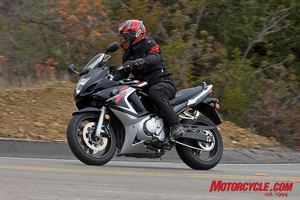






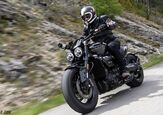
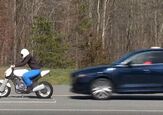

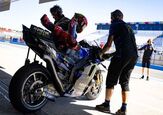


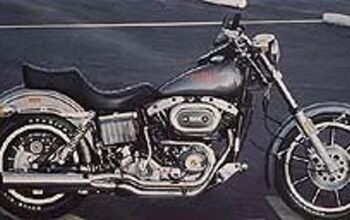
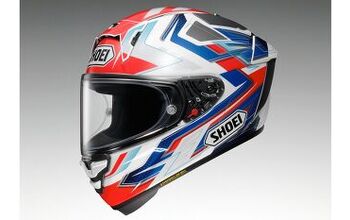


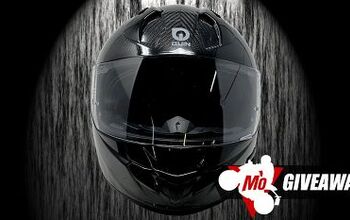
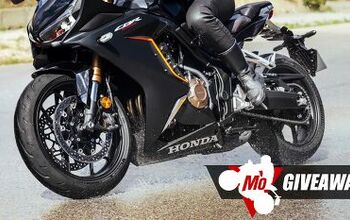


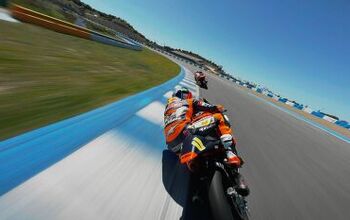
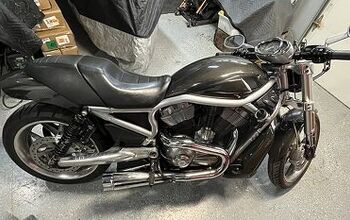
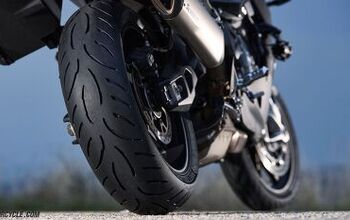
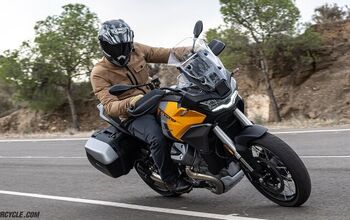
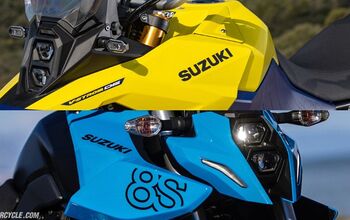

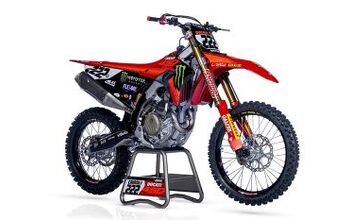

Comments
Join the conversation